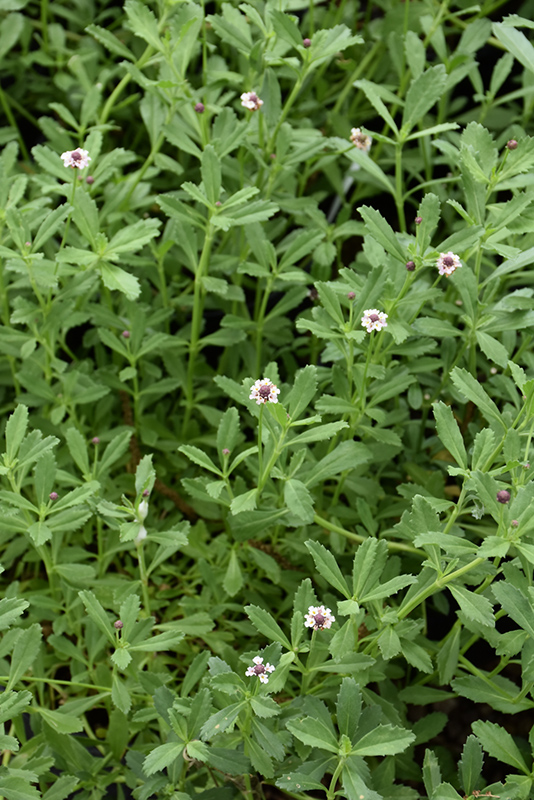Texas Frogfruit
Description
A semi-evergreen perennial groundcover with creeping stems that root from the nodes; produces upright flower stems with clusters of white blooms from spring to fall; foliage is dense, green, and toothed; a rapid grower that can form dense stands
Landscape Attributes
Texas Frogfruit is a dense herbaceous perennial with a trailing habit of growth, eventually spilling over the edges of hanging baskets and containers. Its relatively fine texture sets it apart from other garden plants with less refined foliage.
Texas Frogfruit is recommended for the following landscape applications;
Planting & Growing
Texas Frogfruit will grow to be about 8 inches tall at maturity, with a spread of 4 feet. When grown in masses or used as a bedding plant, individual plants should be spaced approximately 3 feet apart. Its foliage tends to remain low and dense right to the ground. It grows at a medium rate, and under ideal conditions can be expected to live for approximately 20 years. As an herbaceous perennial, this plant will usually die back to the crown each winter, and will regrow from the base each spring. Be careful not to disturb the crown in late winter when it may not be readily seen!
This plant does best in full sun to partial shade. It prefers to grow in average to moist conditions, and shouldn't be allowed to dry out. It is not particular as to soil type or pH. It is somewhat tolerant of urban pollution. This species is native to parts of North America, and parts of it are known to be toxic to humans and animals, so care should be exercised in planting it around children and pets.
Texas Frogfruit is a fine choice for the garden, but it is also a good selection for planting in outdoor pots and containers. Because of its trailing habit of growth, it is ideally suited for use as a 'spiller' in the 'spiller-thriller-filler' container combination; plant it near the edges where it can spill gracefully over the pot. Note that when growing plants in outdoor containers and baskets, they may require more frequent waterings than they would in the yard or garden. Be aware that in our climate, this plant may be too tender to survive the winter if left outdoors in a container. Contact our experts for more information on how to protect it over the winter months.

